What happens to a PET bottle after you put it in the recycling bin? There are a lot of steps between your recycling bin and a new bottle or polyester shirt. It has to go through several machines, many plants, and a lot of scrutiny, and this article will tell you all about this process.
Collecting, Sorting, and Washing
First of all, the bottles have to get to the recycling plant. This can be done by curbside recycling, or by people bringing them to a machine in a store. They can be brought directly to the plant by individuals, too. They have to be separated from the aluminum cans, cardboard, and other recyclables collected, and from other non-PET plastics. Plastic bottles can come in several different colors, but those colors shouldn’t be mixed. Trained professionals sort the bottles by color, to make sure they can all be recycled properly. The next step is to carefully wash the bottles. Germs can get trapped in plastic since it’s a porous material, so it needs to be sanitized by special machines. They’re cleaned of all residue, both inside and out, then sent to the next set of machines.

Recycling Bales
From here, the bottles are crushed into bales and sold to recycling companies. The most desirable colors are clear and light blue, with dark blue and green being less desirable. Other colors, like the amber of a beer bottle, are only desired by the manufacturers that use them. Petcore, the PET recycling experts in Europe, has said that niche PET colors should be discouraged because they make recycling harder and less economically viable. But whatever the colors are, they’re sent to the recycling companies by the bale, where the real transformation begins.
Further Treatment
When the PET bales reach the recycling companies, they’re crushed again, cleaned further, shredded, and carefully dried.
The bales are separated and crushed even flatter. These newly flattened sheets of PET need to have the contaminants removed before shredding and recycling can start, so they’re sanitized once they arrive.
The PET is fed into a cutting chamber, where it is continually cut into smaller and smaller pieces until the pieces are small enough to fall through a filter. Water is sprayed into the chamber to blast away the impurities and leftover residue, leaving nothing but PET flakes. These little flakes are used instead of polyester in several different items.
What Happens Next?
The PET flakes are sold to manufacturing companies to be used in everything from carpets to polyester clothing. But there’s still more to be done before they’re reconstructed.
Contaminants need to be removed through a process called “melt filtration.” It’s exactly what it sounds like, melting the plastic into a filter so the contaminants are separated and all that’s left is pure PET.
PET needs to be dried to keep its structural integrity, and there are a few ways to do this. A common one is dehumidifying, where hot, dry air is pumped into the chamber where the resin is. The problem with this method is that it’s dependent on the dew point of the environment, and can easily be undermined if the surrounding area is too humid.
A newer way to dry PET is with infrared. It’s faster, more energy-efficient, and can be done in smaller batches, and isn’t as easily ruined by a particularly humid day. This method isn’t as widespread as dehumidifying, but it’s starting to catch on.
Once it’s purified and dried, it can be made into almost anything containing PET or polyester. This includes new water bottles. The bottle you recycled because it fell off your black Cinch belt can come right back to you.

In Conclusion
PET plastic recycling is a long process. It goes to the first recycling center, where it’s separated, cleaned, and baled. Some colors are sold back to their original manufacturers, most are passed along. Next, it’s crushed to the thickness of a front pocket wallet. From there, it’s moved to the next recycling center. They clean it again, then shred it into flakes. The flakes are sold to manufacturing companies to be reused, but they have to be purified and dried first. This is done by melting the plastic through a filter, then using dehumidifiers or infrared technology to dry it so it doesn’t degrade. Once that’s all done, the PET can be used to make polyester products or new PET bottles. Now that you know how it works, please remember to recycle.

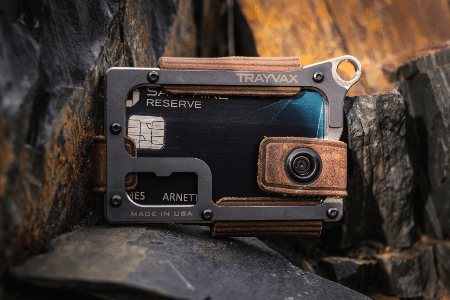
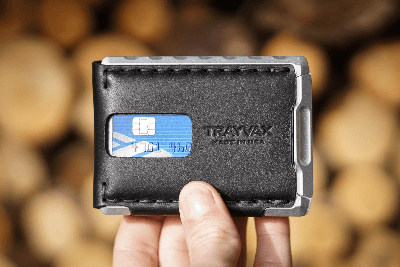
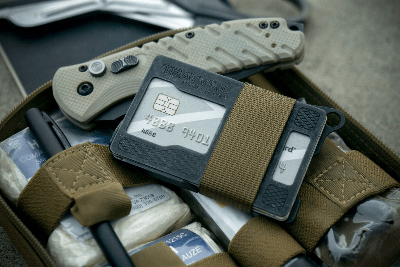
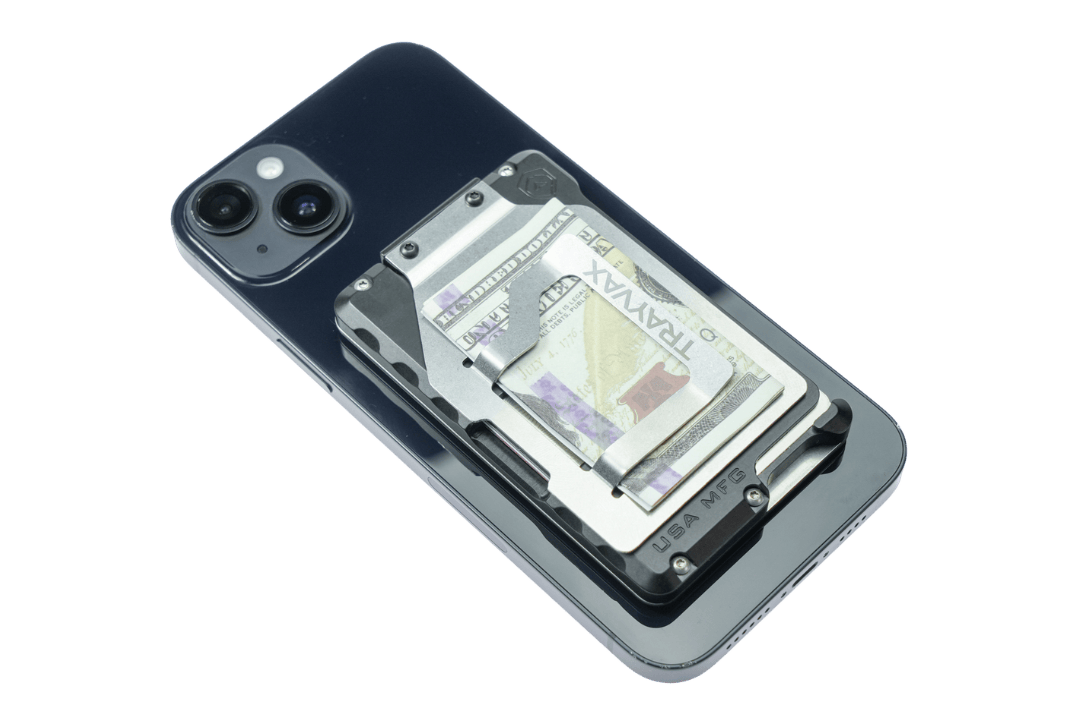





















































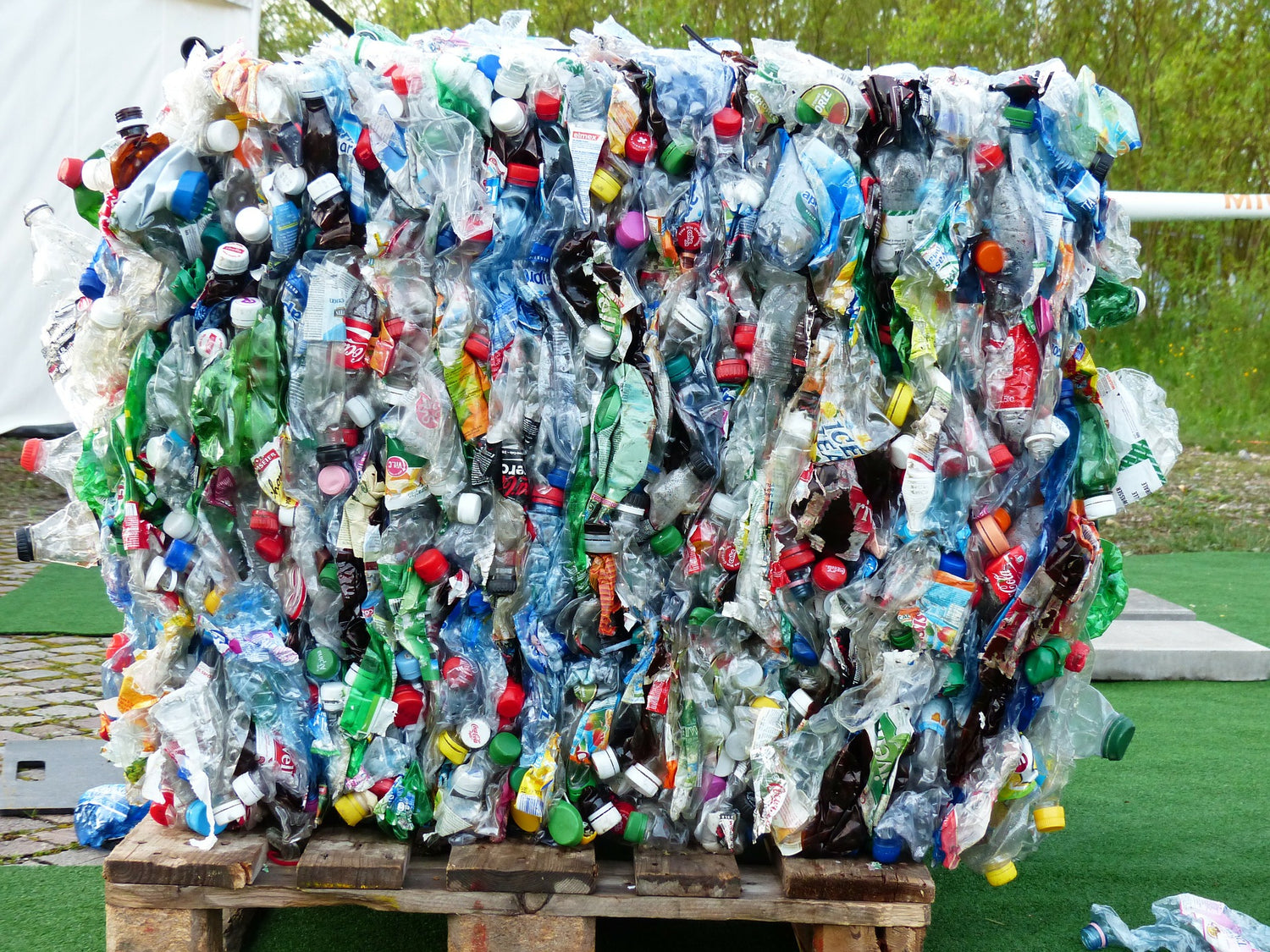
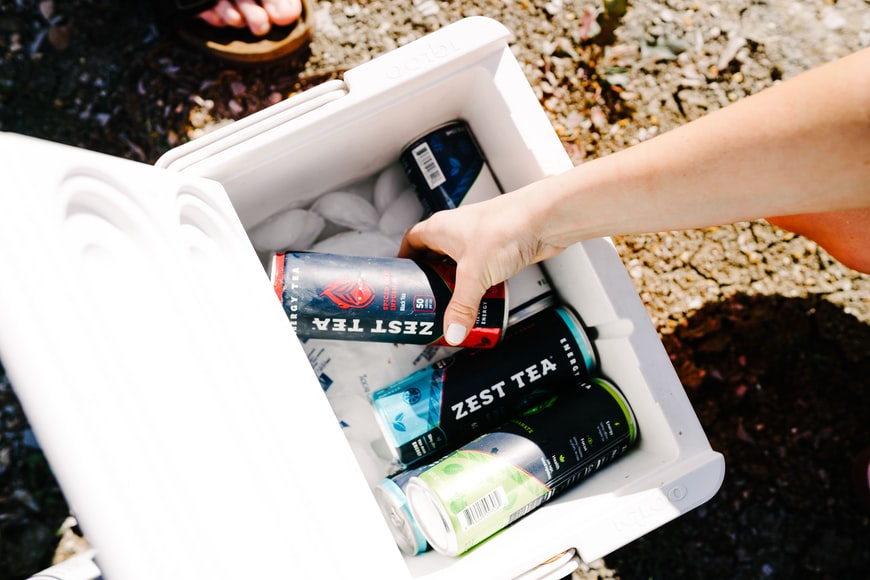
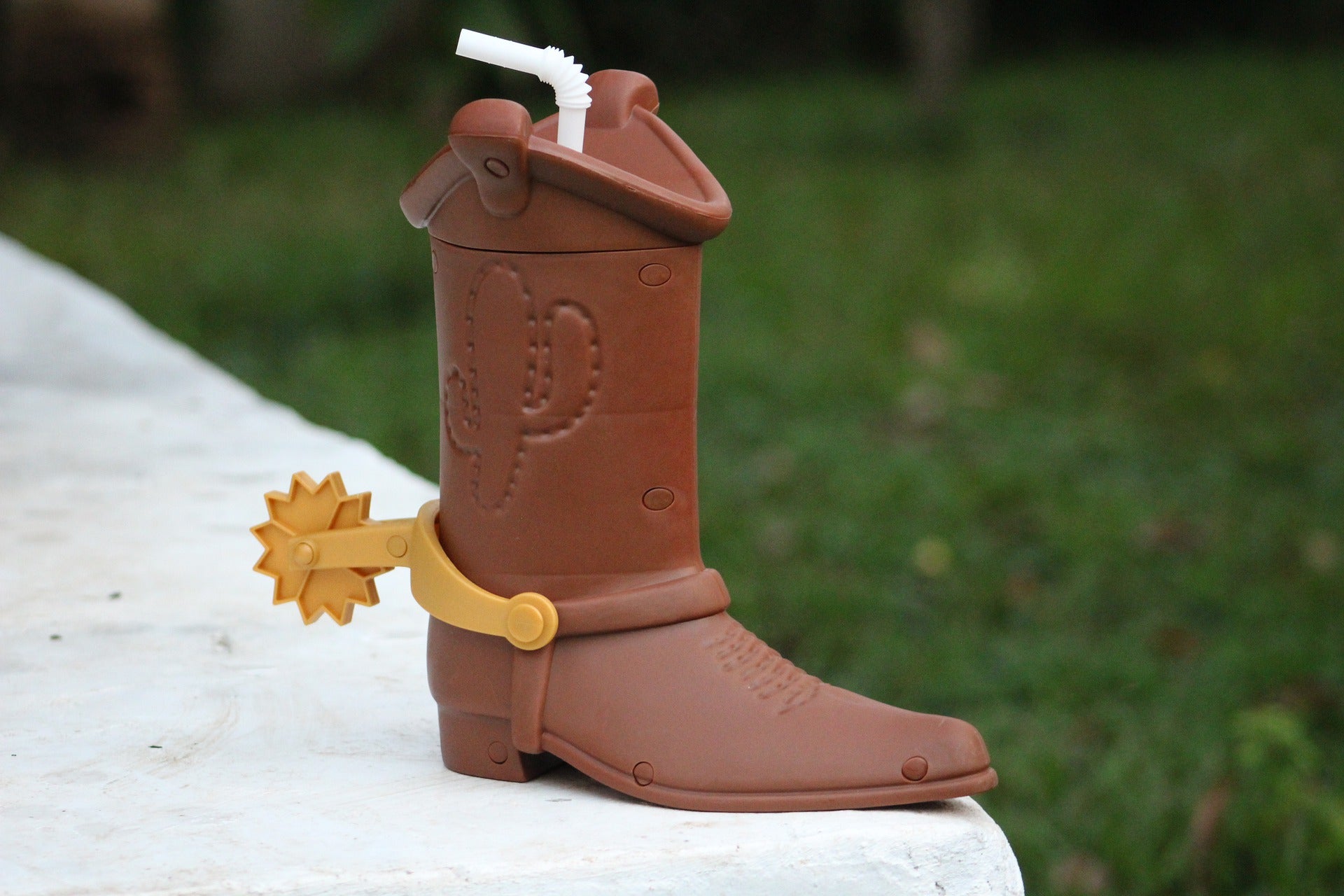
Leave a comment
All comments are moderated before being published.
This site is protected by hCaptcha and the hCaptcha Privacy Policy and Terms of Service apply.